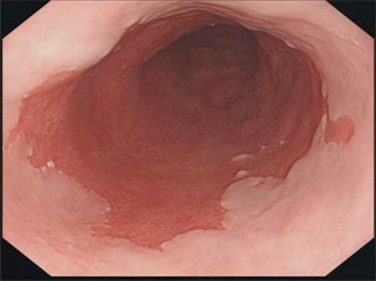FROM OBSTETRICS & GYNECOLOGY
Models predicting the likelihood of a successful VBAC are as accurate for women who have undergone two previous cesarean deliveries as they are for women who have had only one previous cesarean, an analysis of registry data shows.
The Maternal–Fetal Medicine Units Network vaginal birth after cesarean delivery (VBAC) prediction model was created for and validated in women with one prior cesarean delivery.
Analysis of data from 369 women with two prior cesarean deliveries undergoing trial of labor after cesarean (TOLAC) delivery showed the area under the receiver operating characteristic curve was 0.74, compared to 0.75 in the original model for women with one prior cesarean delivery ( Obstet. Gynecol. 2015;125:948-52 ).
“When compared with women who had a failed TOLAC, women with a successful TOLAC had a lower mean BMI, were more likely to have a history of vaginal delivery or VBAC, and were less likely to have a history of recurring indication for cesarean delivery or diabetes,” wrote Dr. Torri D. Metz of the University of Colorado, Aurora, and coauthors. Recurring indication for cesarean delivery was defined as arrest of dilation or descent.
The study was supported grants by the Agency for Healthcare Research and Quality and the National Institutes of Health/National Center for Research Resources Colorado. There were no conflicts of interest declared.




